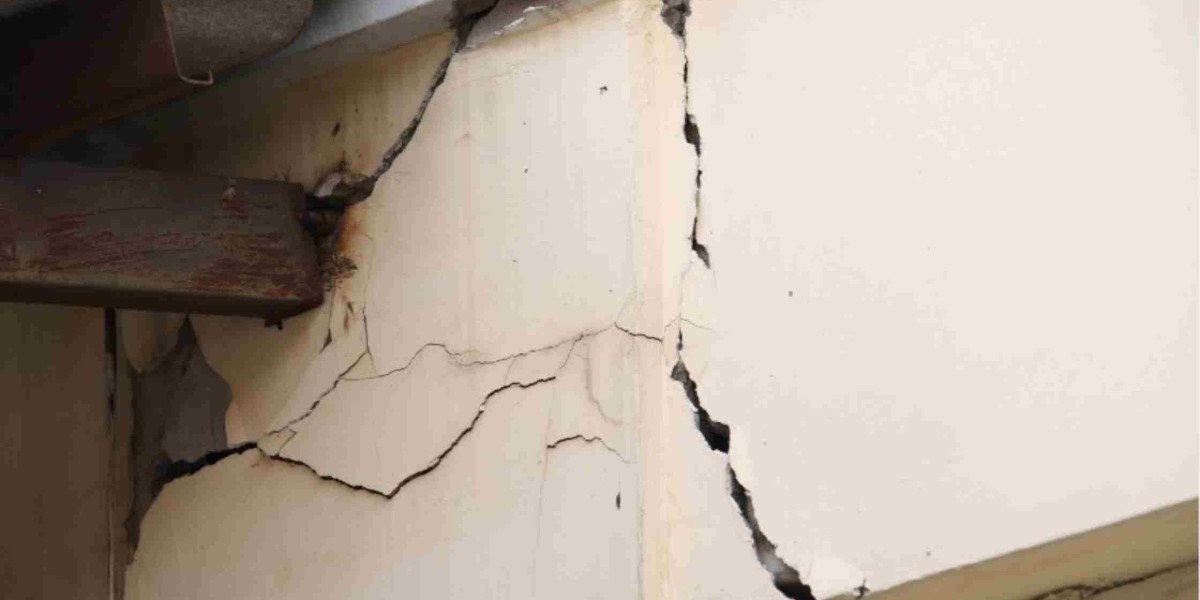If you're a homeowner, you know the feeling of dread that comes with discovering cracks or damage to your concrete surfaces. But fear not! Contrary to popular belief, concrete home repair doesn't have to be a daunting task. In fact, with the right knowledge and tools, it can be easier than you ever imagined. In this comprehensive guide, we'll unveil insider secrets to help you tackle concrete repair projects with confidence.
Understanding Concrete Damage
Before diving into the repair process, it's crucial to understand the types of damage that can occur to concrete surfaces. Cracks, spalling, and settling are among the most common issues homeowners face. Cracks can result from various factors, including weathering, poor installation, or structural issues. Spalling refers to the flaking or chipping of concrete surfaces, often caused by freeze-thaw cycles or chemical exposure. Settling occurs when the soil beneath the concrete shifts, leading to uneven surfaces and potential structural problems.
Assessing the Damage
The next step in concrete home repair is assessing the extent of the damage. Begin by thoroughly examining the affected area, paying close attention to the size and severity of cracks or spalling. Additionally, check for signs of underlying foundation issues, such as unevenness or shifting. This initial assessment will help determine the appropriate repair techniques needed to restore your concrete surfaces.
Choosing the Right Repair Products
When it comes to concrete repair, selecting the right products is essential for achieving long-lasting results. Fortunately, there is a wide range of repair materials available, each designed to address specific types of damage. For minor cracks, epoxy sealants or polyurethane caulks are often sufficient, providing a durable and waterproof seal. For more significant damage, such as spalling or settling, concrete resurfacing products may be necessary to restore the surface to its original condition.
Preparing for Repair
Proper preparation is key to the success of any concrete repair project. Start by cleaning the damaged area thoroughly, and removing any debris, dirt, or loose concrete particles. For optimal adhesion, it may be necessary to etch or acid-wash the surface to ensure a clean and porous substrate. Additionally, consider reinforcing the repair area with wire mesh or fiberglass to provide added strength and stability.
Executing the Repair
With the groundwork laid, it's time to tackle the repair process. Follow the manufacturer's instructions carefully when applying repair materials, ensuring proper mixing and application techniques. For cracks, use a trowel or caulking gun to fill the void with the chosen sealant, smoothing it out to achieve a seamless finish. For larger areas, such as spalling or settling, apply the resurfacing compound evenly with a trowel or squeegee, feathering the edges for a smooth transition.
Curing and Maintenance
Once the repair is complete, allow adequate time for curing to ensure optimal strength and durability. Follow the manufacturer's recommendations for curing time and conditions, avoiding excessive moisture or temperature fluctuations during the curing process. After curing, implement a regular maintenance routine to prolong the life of your repaired concrete surfaces. This may include sealing or coating the surface periodically to protect against future damage.



